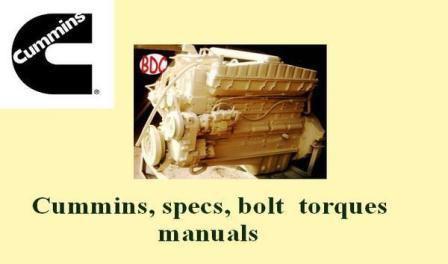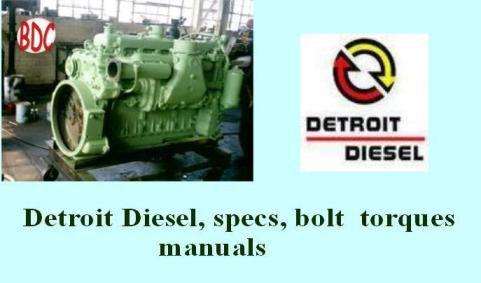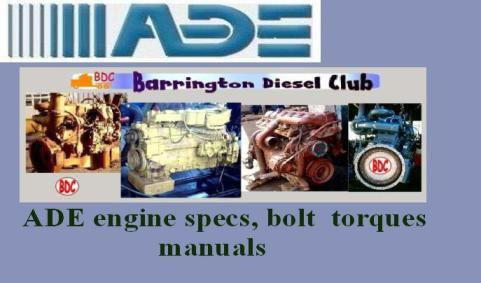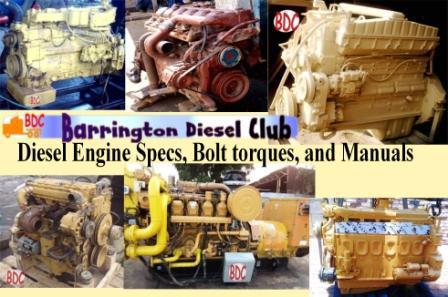Cases in which air box pressure affected engine operation
12 EMD engines not working due to low air box pressure

Why? The air box pressure was too low! - Read all about it!
What happened is that these engines originally operated at 900 rpm to produce electricity at 60 cycles. They were purchased collectively as an installation, and sold to generate power in South Africa where the national grid operates at 50 cycles. This meant that the engines had to now operate at 720 rpm and not 900 rpm. The necessary electrical changes were made, but on starting, the engines smoked excessively and would produce no power.When we measured the air box pressure it was about 7 psi - no good! Far too low! We told the customer he had to upgrade his turbos, but he wanted proof before spending another cent. 220 million bucks is quite enough for a white elephant - Thank you!
Well now we proved it, with the help of huge hired compressors. We pumped air into those enormous air boxes and artificially increased the air box pressure to about 13 psi.
 When the magic 13 psi happened - Hey Presto! Even those smaller turbos kicked in and normal power was produced and the engines ran normally with no excessive smoke.
When the magic 13 psi happened - Hey Presto! Even those smaller turbos kicked in and normal power was produced and the engines ran normally with no excessive smoke.When this happened the engines' own turbos sustained the power and maintained the air box pressure at 13 psi without assistance. Now the artificial source of air could be removed with no effect to the performance of the engine or change to the air box pressure.
In fact a type of 'terminal' air box pressure had been achieved, so that if you pumped air in or not it had no further effect on the air box pressure. That is, it neither rose when air was pumped in nor fell when the assisted air was removed.
However if the engine needed to be restarted the air boxes had to be primed again, and the air pressure had to rise to 13 psi, in order to get the turbos to kick in and produce power.
The net result was that the turbos were subsequently modified and the modified engines operated fine after the modification.
Facts about air box pressure
Article by Steve Barrington in response to many inquiries both general and specific. Air box pressure is a vital factor in the operation of two stroke cycle engines such as many Detroit Diesel, Brons, Wichmann, Sulzer and EMD engines employ. A vital factor in that, if air box pressures are too low they translate into loss of power or even complete failure of the engine.
Air Box PressureBasically sufficient air box pressure is required for:
- Combustion pressure - Power.
- Scavenging burned gasses - Smoke.
If your engine has enough power and does not smoke excessively your air box pressures are probably within the normal ranges, or right.
Low Air Box Pressure
Insufficient air box pressure will cause:
- Power problems - too little.
- Smoke problems - too much black or grey.
Insufficient Air, low air box pressures are caused by:
- High air inlet restriction
- Incorrect blower clearances
- Damaged blower rotors
- Blown or leaking blower end plate gaskets
- Air box leaks - bolts, washers, gaskets
- Clogged blower screen
- Intercooler or aftercooler clogged.
- Faulty turbo
High Air Box Pressure
Too much air box pressure may indicate problems with:
-
Air box drains - Blocked or clogged - can cause problems with:
- Smoking - engine starts to burn waste materials
- Control becomes difficult and misfiring - burning waste material, severe cases can cause engine to run away.
- Overheating - air box, and exhaust temperatures rise.
- Excessive crankcase pressure.
- Blocked or clogged liner ports -(multiple possible sources)
Power and Smoke Problems
If you have power or smoke problems with your engine, some basic checks may reveal the problem(s) very easily:
Basic air box checks and inspection:
- Check the air box drains are properly open or operating, clean or replace as required.
- Remove air box covers, inspect for damaged rings and broken parts. Check gaskets, sealing washers, etc. - if all OK, reseal and replace as required. Run engine, if problem persists go to next step.
- Remove air cleaner element, try engine without element for short run, if problem persists go to next step.
- Check after-coolers and inter-coolers. Clean or replace as required, if problem still persists, go to next step.
- Inspect exhaust and silencer for clogging and restrictions. Clean or replace as required.
- The next steps involve checking the blowers and turbos.
Full Load expected Air Box Pressures for Detroit Diesel engines
Indicated in inches and mm of mercury
Naturally aspirated N engines
1 inch, 25 mm @ 1800 rpm
4 inch, 100 mm @ 2000 rpm
5 inch, 125 mm @ 2100 rpm
Turbocharged T engines
22 inch, 594 mm @ 1800 rpm
28 inch, 756 mm @ 2000 rpm
30 inch, 810 mm @ 2100 rpm
Turbocharged intercooled TI engines
27 inch, 686 mm @ 1800 rpm
32 inch, 864 mm @ 2000 rpm
35 inch, 945 mm @ 2100 rpm





